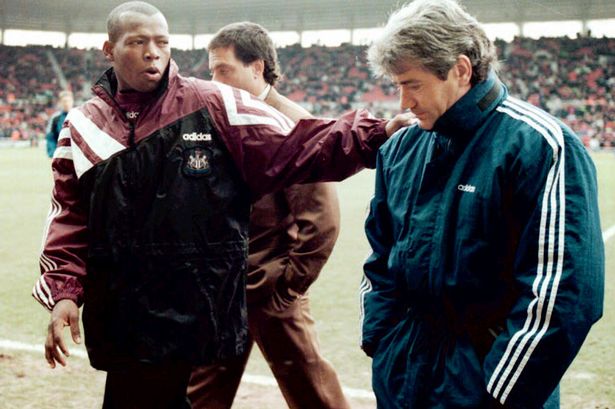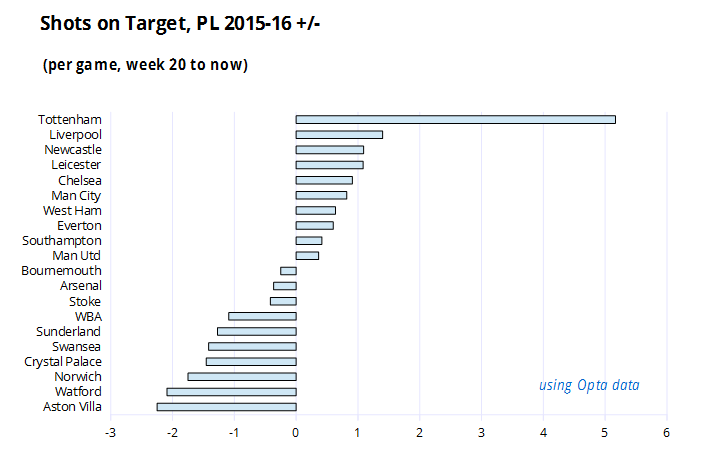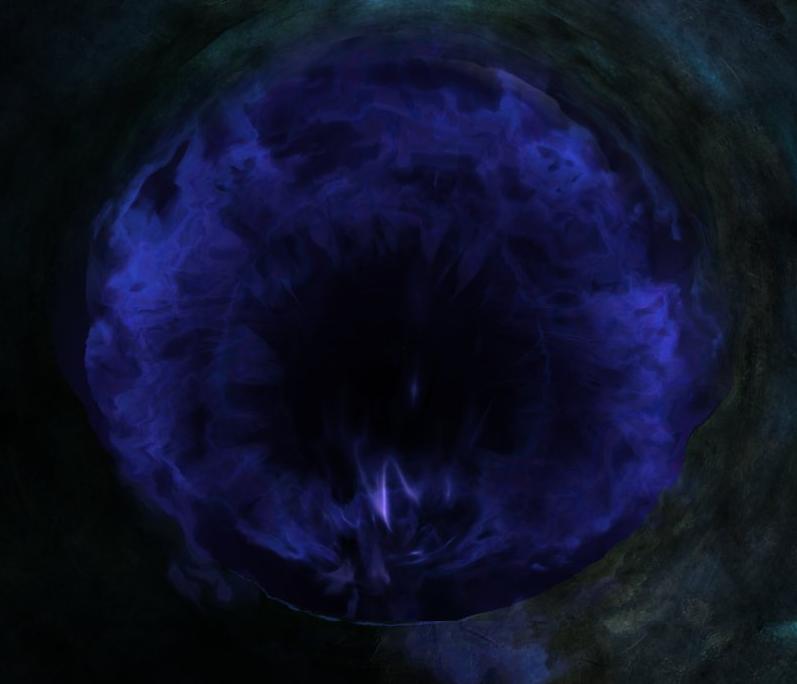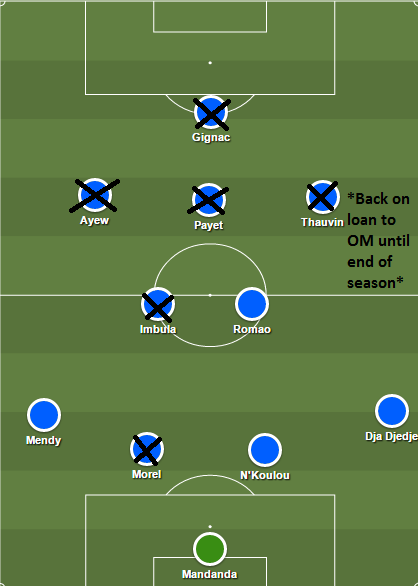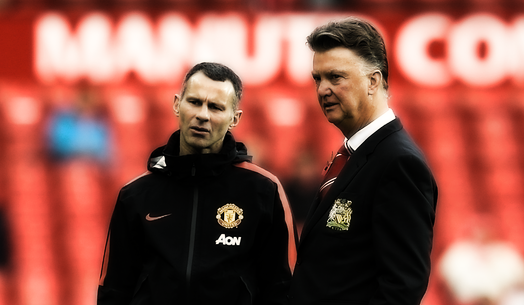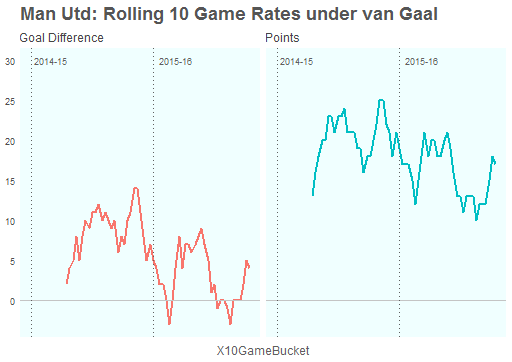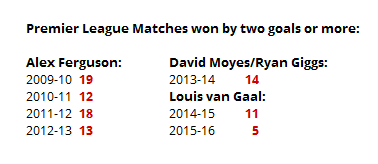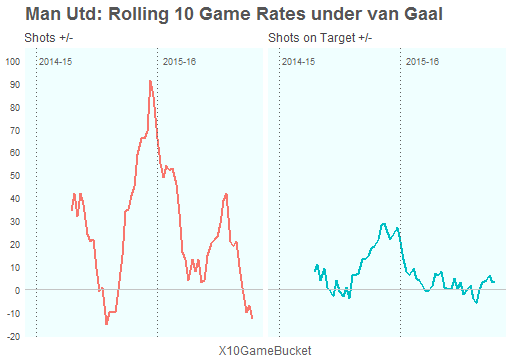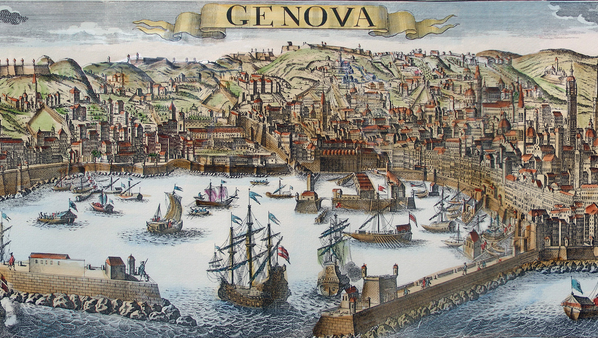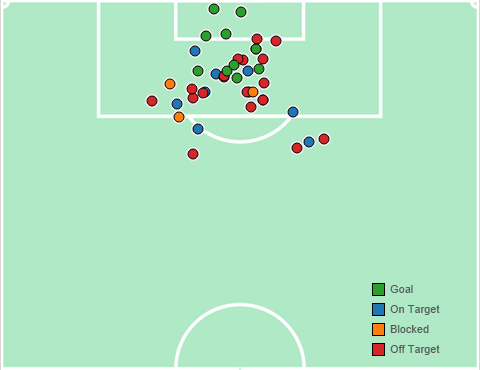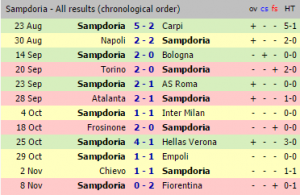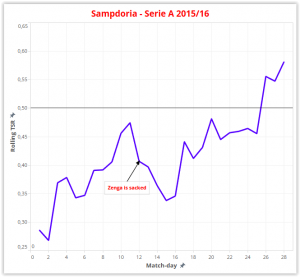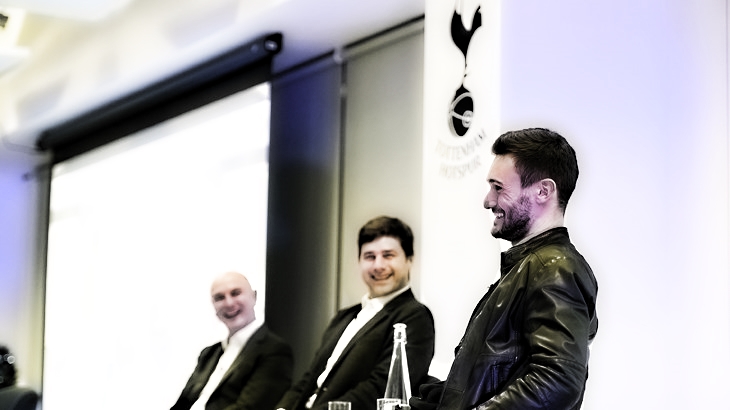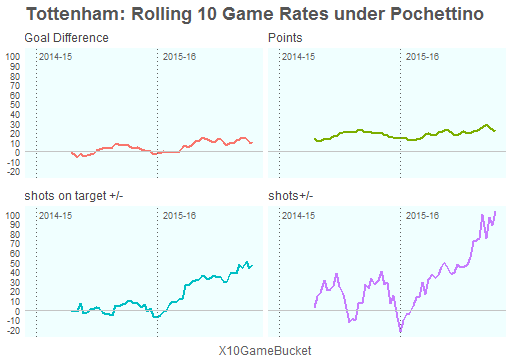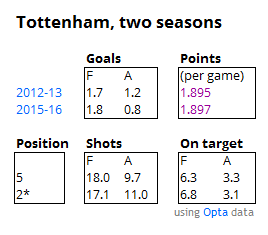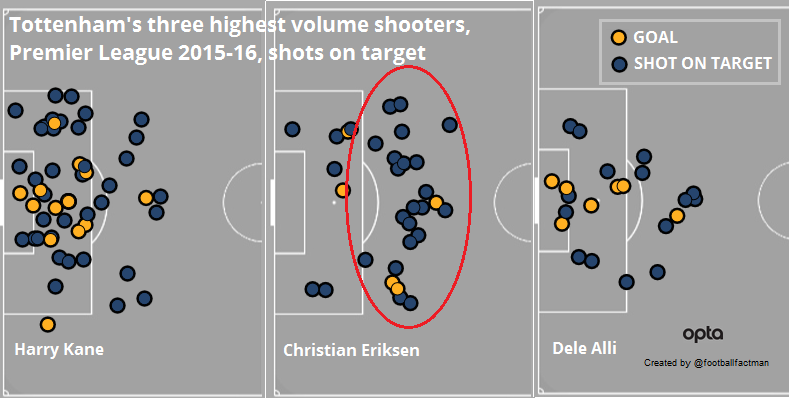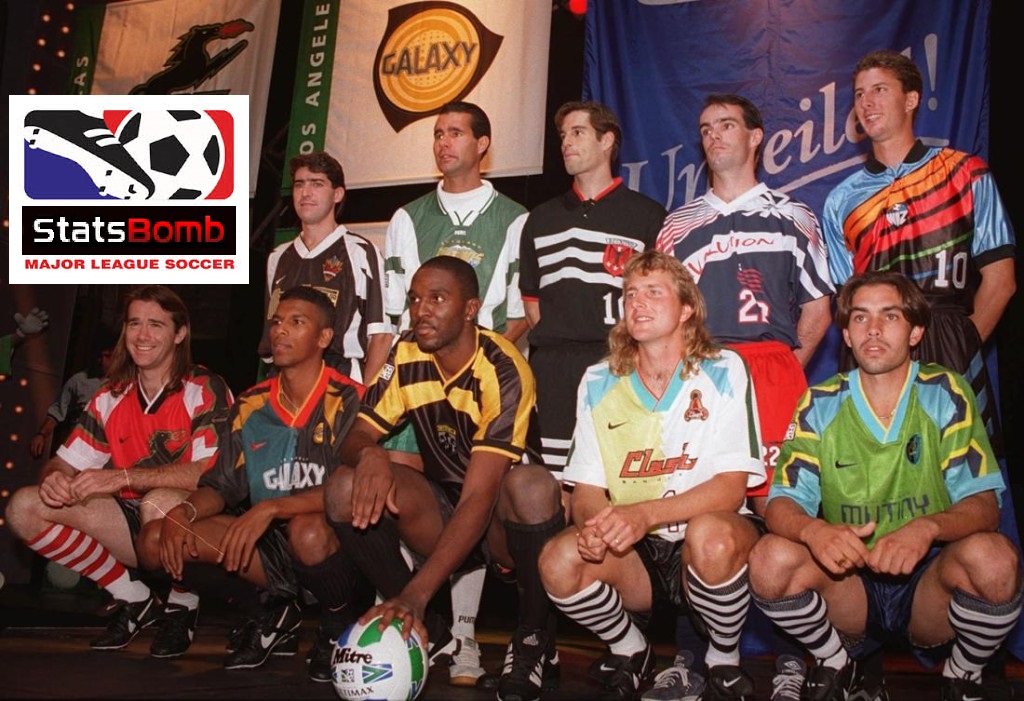A new season in Major League Soccer - a new chance at statistical volatility. Although it's traditionally a league that bettors are generally scared of, we'll try to make it easier to digest. A brief preview of every team in the league is necessary to create an understanding of what we're getting ourselves into and it looks to be an interesting year. So, here we go.
Chicago Fire
The Fire were awful last year – the team with the lowest points total and the worst GD in MLS. So what do they do? They hire a promising, young coach in Valjko Paunovic, who guided Serbia to a U20 World Cup trophy in 2015, clean out players deemed excess to team plans (including fan favorite Harry Shipp), deliver a new identity to how the team will play and preach about a long-term project.

Although the GD was bad, they had the largest negative differential between xGA and GA according to the American Soccer Analysis xG model. Paunovic will look to instill discipline, work rate and shape starting on the defensive side of the ball then progressing via the counter-attack. A young, but talented back line with 3 new players is a sign of promise, but also commitment to the project.
Philadelphia Union
Another club with a changed vision in the offseason, Philadelphia gave the reins to Earnie Stewart, an ex-US international who was previously 'Director of Football Affairs' for AZ Alkmaar. But, Earnie has some work to do because the Union can't hold onto the ball. Although possession percentages can be over emphasized, the fact that they had they worst Possession% and 4th worst PassCompletion% in MLS last year points towards technical inferiority. Philadelphia had the 2nd and 3rd picks in the MLS Superdraft (an American player draft system populated by domestic players) and used it on 2 defenders from the same University. These additions will allow their best and most commanding player, Maurice Edu, to be pushed into a holding midfield role to address issues with ball retention.
Colorado Rapids
Colorado looked to the transfer market to boost their odds of getting out of the basement in the MLS table, placing 2nd from bottom of the table in the 2015 season. Albanian international and ex-Basel attacker, Shkelzen Gashi was brought in along with Marco Pappa, an integral part of the recent Seattle Sounders attacking success, to produce in the final third. Colorado scored 33 goals last season – worst in the league and 10 fewer than 2nd least potent club.
And, unfortunately the Rapids will be missing this from their manager Pablo Mastroeni as the beautiful lip caterpillar was shaved and torn away from mustache fans everywhere. So, for whatever that is worth.
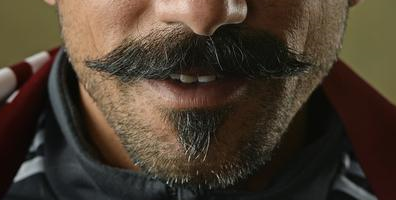
NYCFC
As Manchester City's younger brother, or cousin or sister, NYCFC has some big shoes to fill as far as embracing the standards and image of their more formidable family member. But, they've compiled a team full of big names, with big contracts and have failed to consider how the pieces fit. The strategy of increasing wage inequality by signing 'Designated Players' has been largely unsuccessful, as well as the dependence on DP's to provide such success. Patrick Viera is in his first position and season as a manager, Pirlo is 36 and doesn't want to defend, the club hasn't found the right position for Lampard to compliment his talent and surrounding players, and the defense conceded the most shots against per game (14.8) in MLS. It smells like confusion, misguided market purchases and a very high ceiling of expectation.
RSL
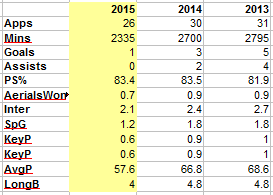
A club used to making the playoffs, imposing their structural will and fluidly possession the ball in their 4-4-2 diamond shape struggled in 2015 with just that – shape. Manager Jeff Cassar unsuccessfully transitioned RSL to a trendy 4-3-3 for arguably justifiable reasons, but it didn't pan out.
The shifted priority to Plata as their main goal scoring threat, as a winger who likes to tuck inside and combine with the interior of the formation, combined with the general decline of midfield general Kyle Beckerman's stats and mobility over the past 3 seasons justified the change. It looks as though Cassar will stick with the 4-3-3, it's hard to think Plata won't produce more than he did in 2015 and a full season of ex-Boca Juniors player Juan 'Burrito' Martinez prescribes an improved campaign.
Houston Dynamo
After no real improvement from 2014, the Houston Dynamo were a mediocre team across the board last season. With poor shot creation numbers (11.1 ShotsFor/g – 17th in MLS), inability to connect phases of attack (372 Passes/g – 19th in MLS, 24% of passes were inaccurate – 13th in MLS), and the worst GA (49) in the Western Conference, it was a rough year. The Dynamo brought in attacking midfielder Cristian Maidana from Philadelphia to bolster their attack, but as Matt Doyle pointed out, that strategy has it's issues and seems to be a sketchy focal point.
Orlando
Along with NYCFC, Orlando City SC was the other expansion club in MLS' 2015 season. The addition of Kaka, US international Brek Shea and a host full of young talent saw them 1 position displaced from the playoffs. Kaka came out of the gates flying in his initial season in the league with 9 Goals and 2 Assists in 18 appearances but was then hindered by injury thereafter.
The club wouldn't trade Kaka for anyone in the league, but can't rely on him to perform wonders through a whole season. The onus will be placed on 20-year-old Kyle Larin and newly acquired, ex-AC Milan player, Antonio Nocerino to provide goals and dynamism in the final third.
San Jose
San Jose's back 4 were solid in 2015, accumulating 39 GA which was good for 5th best in MLS. They were competitive throughout the season and their trusty, wile veteran of a striker, Chris Wondolowski had his best goal return (16) since 2012.
With one decent re-acquisition in the offeason (Simon Dawkins returning to the club from the English Football League Championship), not a lot will change with the Earthquakes in 2016. More streaky, defensive showcases anchored by a CB pairing, with hoping that Wondolowski can still bang in goals at 33 years old will be the mantra.
NE Revolution
After a 2014 campaign that saw the New England Revolution make it to the MLS Cup Finals, the 2015 season fell flat. Swings in form resulting in the longest unbeaten (9 games) and losing (5 games) runs were strong indications of an unbalanced side.
After some off-field contractual issues, Jermaine Jones and the club were unable to agree on a deal that has left the US international off of the roster. In the meantime, they have acquired Xavier Kouassi from Swiss side FC Scion and Gershon Koffie from the Vancouver Whitecaps to fulfill the Jones chasm.
They will miss: horizontal and vertical range, although sometimes uncalled for.
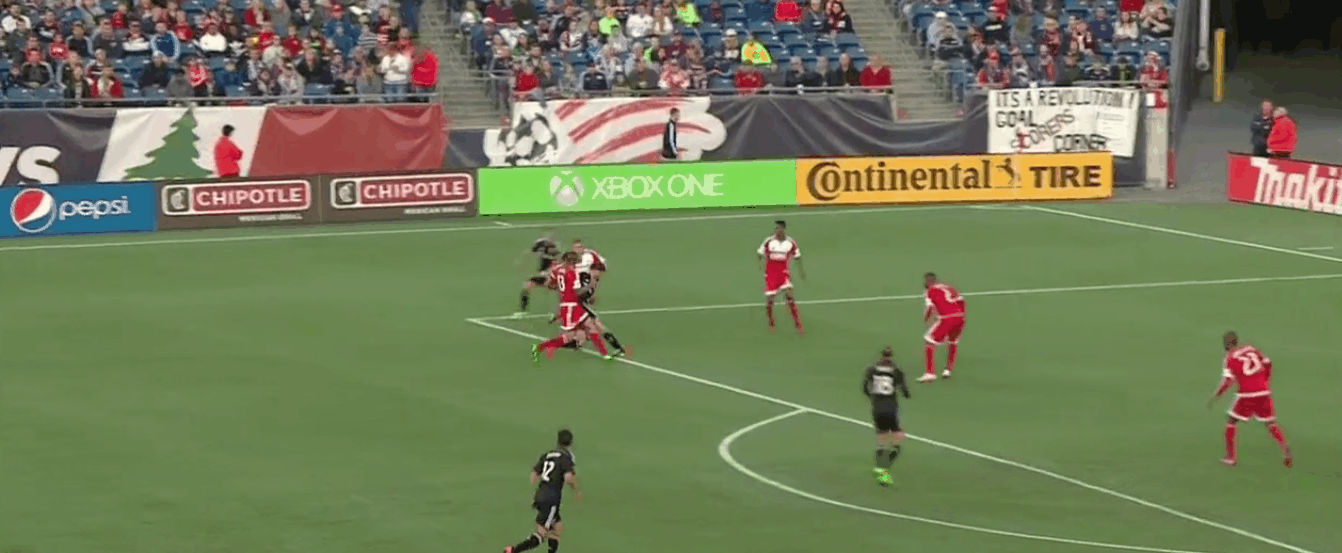
They will get: offensive, positional discipline.

The Revolution will miss the robustness of Jones' play, but if Agudelo fulfills 2/3 of his potential and both Nguyen and Fegundez return to peak 2014 form they will be a dangerous side.
SKC
A season that brought the club their third US Open Cup, Sporting Kansas City had an underwhelming season by their lofty standards. US international Benny Feilhaber and Hungary international Kriztian Nemeth absolutely ran the offensive show, accounting for 20 G and 17 A.
Nemeth was lost in the offseason and reinforcements but not replacements were made. Not specifically addressing the loss of central, offensive output will hurt SKC in 2016, but the guts of their midfield might be the best in the league.
LAG

Besides NYCFC, the LA Galaxy might be the most confusing and hard to predict team in MLS. Manager Bruce Arena has proven he has an uncanny sense of the proper pace of maturation within a team throughout a season and the ability to cut and paste players into his fold.
So, all you European football fans out there, the Galaxy have: Steven Gerrard, Robbie Keane, Ashley Cole and Nigel De Jong all on their books. What does this sum to? Well so far Robbie Keane has been among the top scorers in the league for years, Steven Gerrard had a miserable but small sample size of 2015 and a bad 2016 preseason, no one knows what Ashley Cole has left in the tank and it's Nigel De Jong's debut. Make of it what you wish.
DCU
It's going to be a rough season for DC United. They were leading the Eastern Conference out of the gate in 2015, racking up 1-0 wins like a Tony Pulis relegation rescue job – but it was a false position and ended up being unsustainable. In the offseason they lost one of the most underrated players in MLS in Perry Kitchen, they once again have done a poor job on the international market and this might be Ben Olsen's last season as manager of DC United.
Seattle Sounders
Two players dominated the headlines for the Seattle Sounders in the offseason: Jordan Morris and Obafemi Martins. The 21-year-old US international landed the largest, homegrown contract in MLS after turning down an offer from Werder Bremen, but Seattle simultaneously shipped out Obafemi Martins who has been the club's leading scorer over the past 2 seasons.
So, can they score goals without a crucial striker while averaging a league low 9.6 Shots/g from 2015? I think they can. Clint Dempsey will shoulder the responsibility of an offensive edge, add in Morris and newly acquired Austria international Andreas Ivanschitz and they'll be banging them in.
Toronto FC
Toronto FC has a real shot at competing for Eastern Conference in 2016. After a 2015 season where Sebastian Giovinco had the best MLS season ever, it's hard seeing him reproduce such numbers (22 G, 13 A ; 1.1 G+A/90). Enter the second year of the club's project with a hopefully healthier, US international Jozy Altidore, US captain Michael Bradley, sprinkle in some MLS veterans such as Canadian international Will Johnson, Drew Moor and Steven Beitashour and you get a solid group.
Vancouver Whitecaps
Vancouver's fantastic 2015 season came to an abrupt end by losing to the eventual, tournament victors in the second round. They are piecing it together on the West coast of Canada and their doing it with stout a stout defense and sharp, counter attacking waves.
Conceding a league best 36 G and accumulating the most counter-attacking goals is a deadly mix, but difficult to sustain unless they continue to significantly upgrade positions and signs point toward this in 2016. Vancouver have brought in Panama international and proven MLS goal hound Blas Perez along with Japan international Masato Kudo to aid in the goal scoring department and to fill out the top half of the roster.
Columbus Crew SC
All hail the runners up? Damn. Columbus had a good run in 2015, but couldn't quite cut it against an in form Portland Timbers side in the end. They had some standouts though: Kei Kamara tying for leagues top goal scorer (22), Toni Tchani cemented himself as one of the best box-to-box midfielders in MLS,
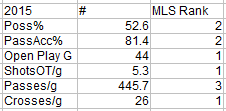
Wil Trapp came back from injury and continued to grow into the efficient ball circulator in the #6 pocket that he promises to be.
Of the two MLS Cup finalists, I'm most bullish on Columbus - but I'm not sure if Kamara can keep the scoring up at that clip.
FC Dallas
Maybe the most exciting team in MLS, FC Dallas' young core is maturing and the club is adding the right pieces. Now with one of the best spines in the league (Hedges-Ulloa-Diaz-Urruti) by adding Newell's Old Boys youth product Maximiliano Urruti at the tip of their formation, Dallas might have the whole package.

Everyone will talk about the flashy, Colombian international Fabian Castillo, but Mauro Diaz is who makes the side tick. In 2015 he was at or near the top of every significant passing statistic (11 Assists, 2.5 KeyP/g, 0.7 ThrB/g) and weights passes like this:
Montreal Impact
After finishing dead last in MLS the previous season, 2015 saw large and important strides taken by the Montreal Impact. The club finished 3rd in the Eastern Conference and had the 2nd lowest GA (44) total of any playoff team from the conference.
11 goals in 11 games from Didier Drogba is absurd, and unsustainable. It's unclear what percentage of minutes Drogba will play for the Impact in 2016, but he will undoubtedly be a crucial part to their front 3. The addition of Harry Shipp as a playmaker who plays wide or centrally should make up for the loss of Justin Mapp. The CB pairing of Ciman (2015 MLS Defender of the Year) and Cabrera should propel them to another, defensively stout season.
New York Red Bulls
After a tumultuous offseason prior to the 2015 season, New York Red Bulls proved all season long that they were the best team in the league. Although they fell short in the playoffs, NYRB implemented and stuck to a high pressing, 4-2-3-1 system that allowed little time for the opposition to breath and allowed for high xG numbers through turnovers.
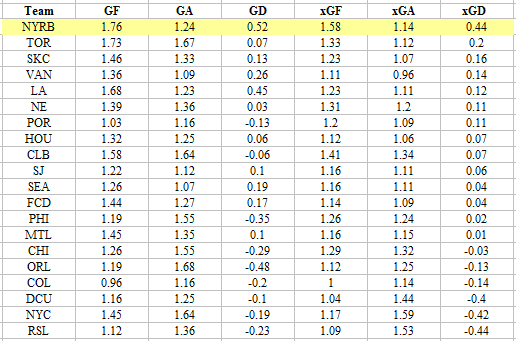
They've maintained most players in the second year of the project, with Jesse Marsch at the helm, but in important swap at CB has been made which might make less of a difference than people are willing to admit. Matt Miazga made his way to Chelsea in the offseason, as NYRB acquired Ghanean international Gideon Baah. Miazga was on the shortlist for defender of the year in 2015, and I rate him highly, but the cover the system provided NYRB's back 4 through work rate and structure was intentional. The back line might struggle in open-space, where Miazga excelled, and could prove to be their downfall.
It's hard to imagine the 2016 regular season going any better than in 2015, as I think the side will regress but still be a force in the Eastern Conference.
Portland Timbers
Can the defending MLS champions repeat? Absolutely not.
Alright that was harsh, but: no MLS champions has repeated since 2012 and that was an LA Galaxy team with an excessive budget and a history of championships and if it wasn't for a late, end of the season surge winning four of their last five game they wouldn't have made the playoffs in a league where 60% of teams in a conference make the playoffs.
They will be strong contenders, they will be a force in the Western Conference and their best players will only get better. Fanendo Adi should continue to score goals, US international Darlington Nagbe should mature into one of the best players in the country and Diego Valeri is 29 and continues to produce with the elite #10's in the league.
Predictions are dangerous territory in MLS, and therefore I will mostly stay away from them. But, here are a couple of points I will regret: Portland won't repeat as champions, Real Salt Lake will improve, Toronto will vie for the Eastern Conference and DC United will struggle to more correctly reflect their underlying numbers. Now that I've set myself up for disaster, let the season begin.
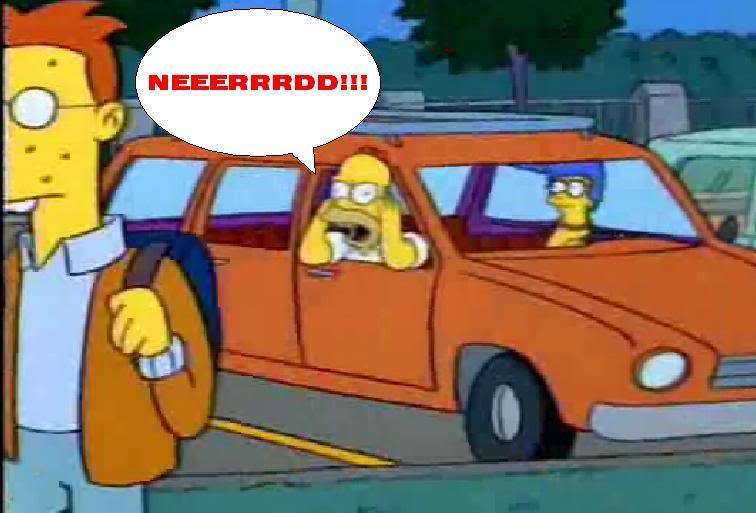
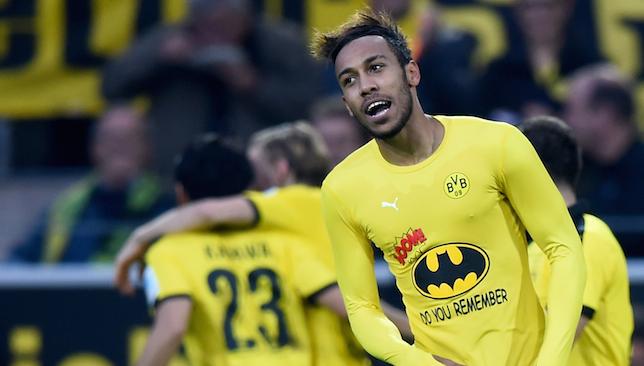
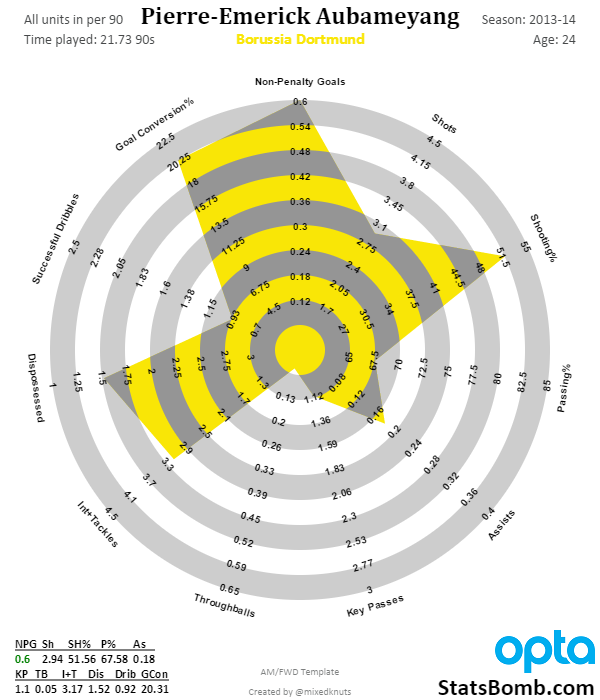
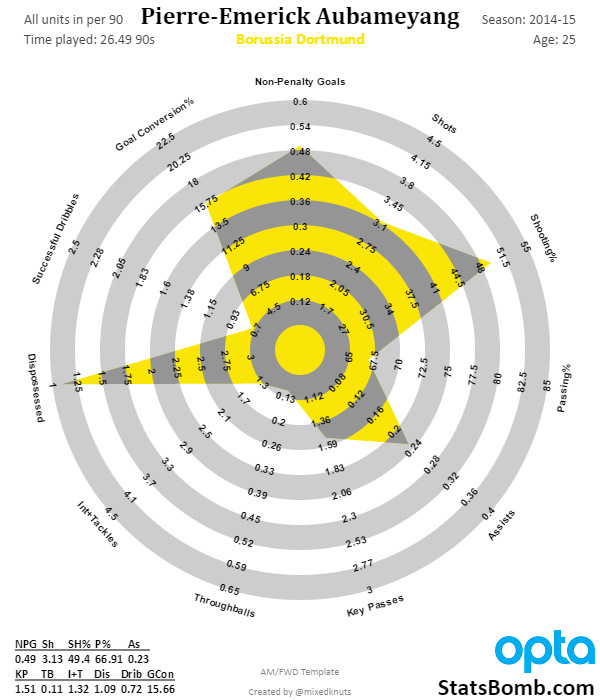
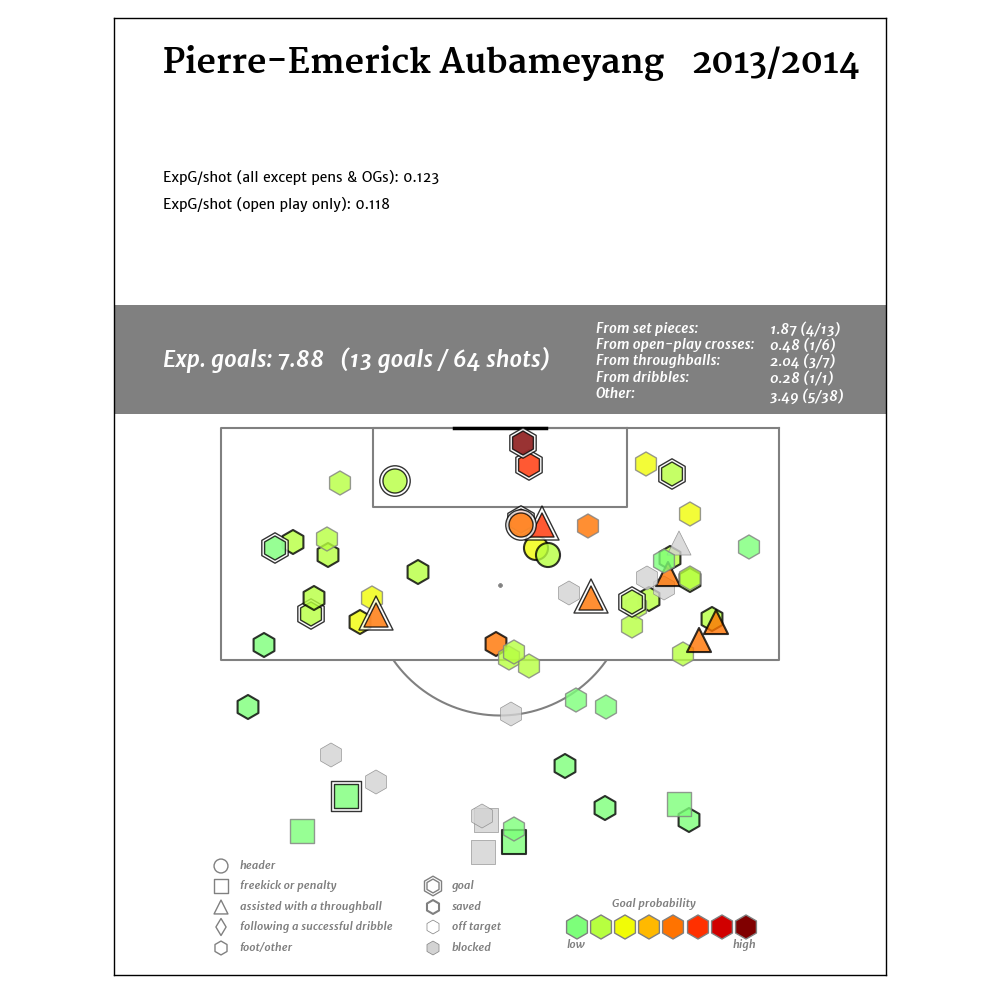
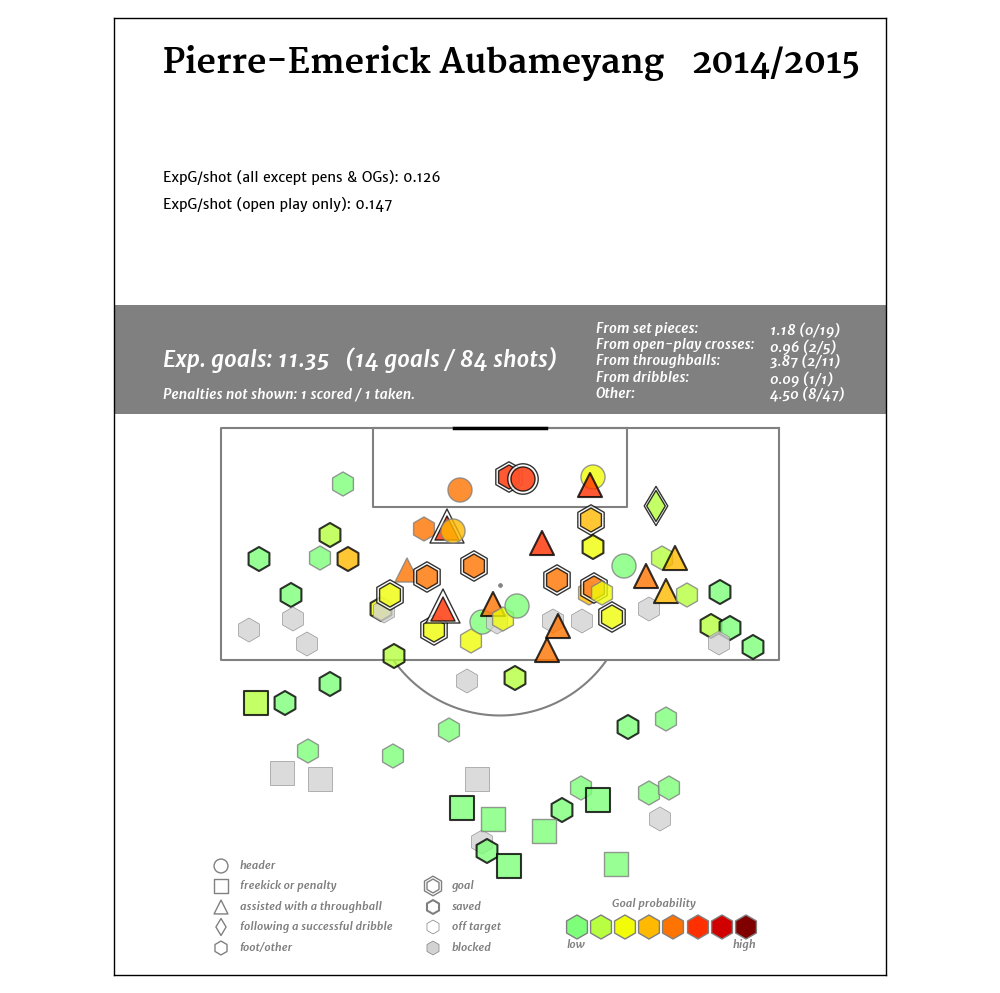
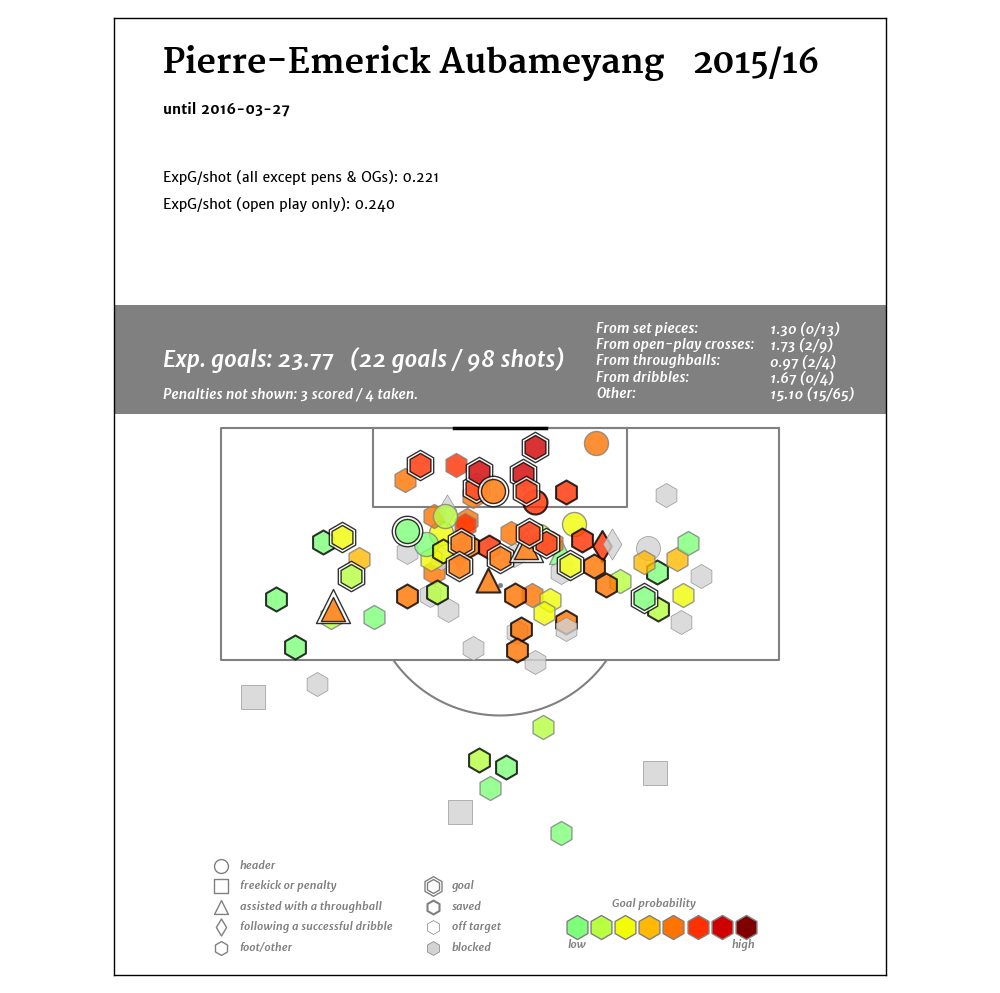

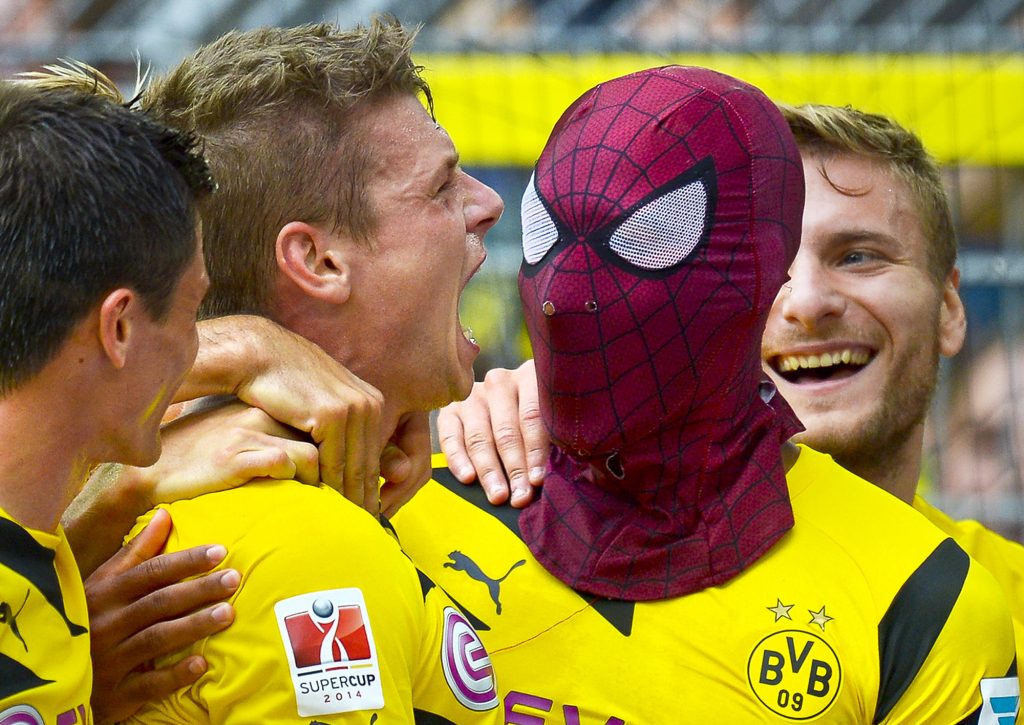

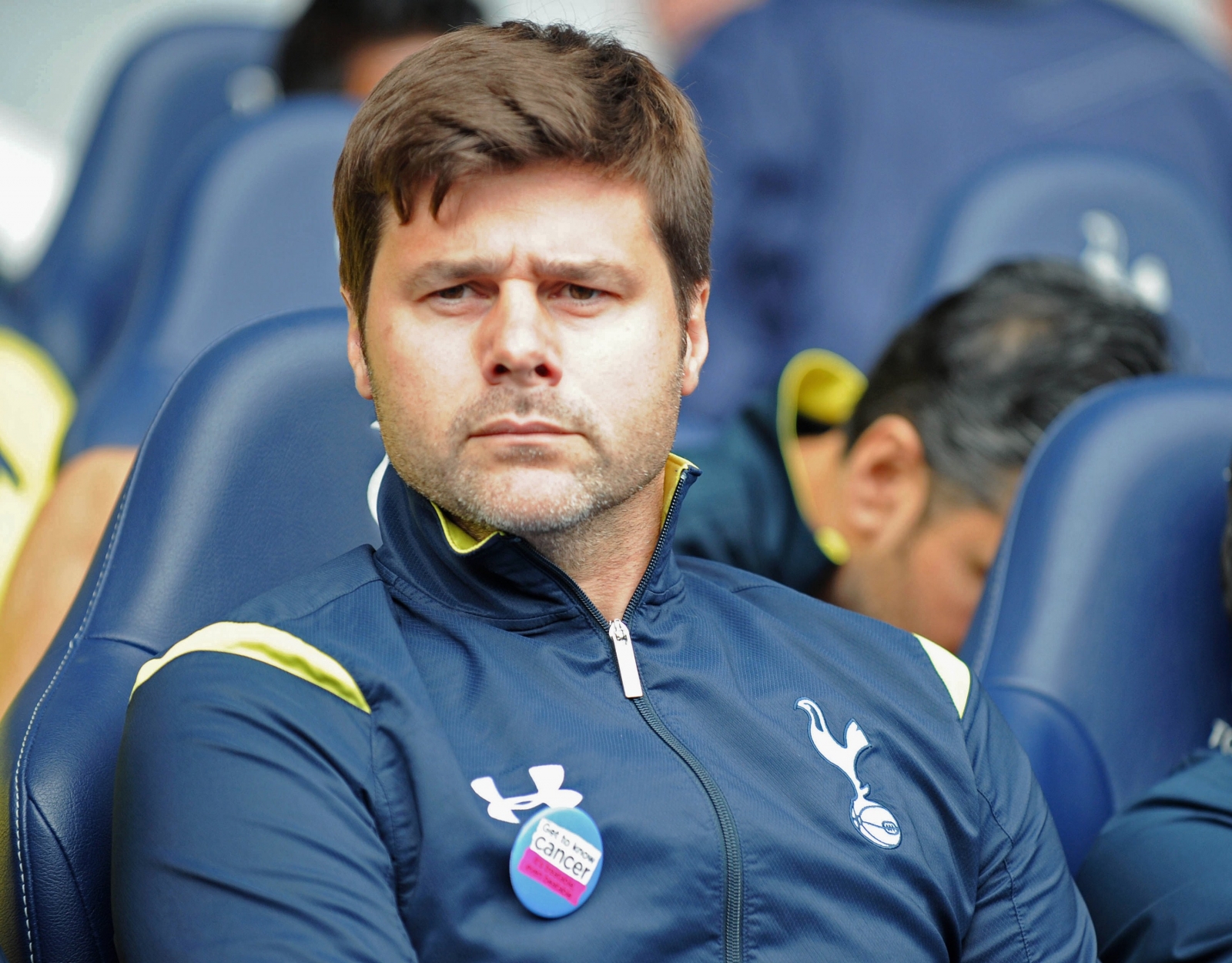
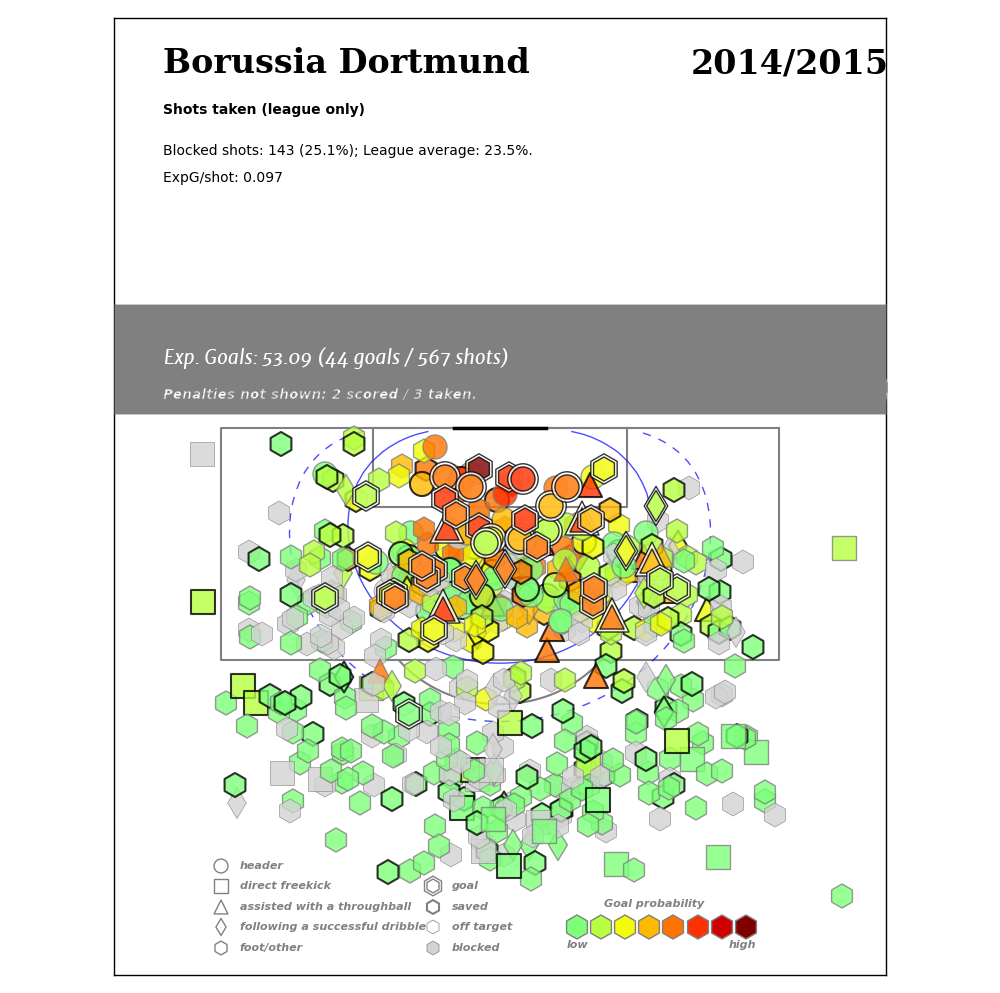
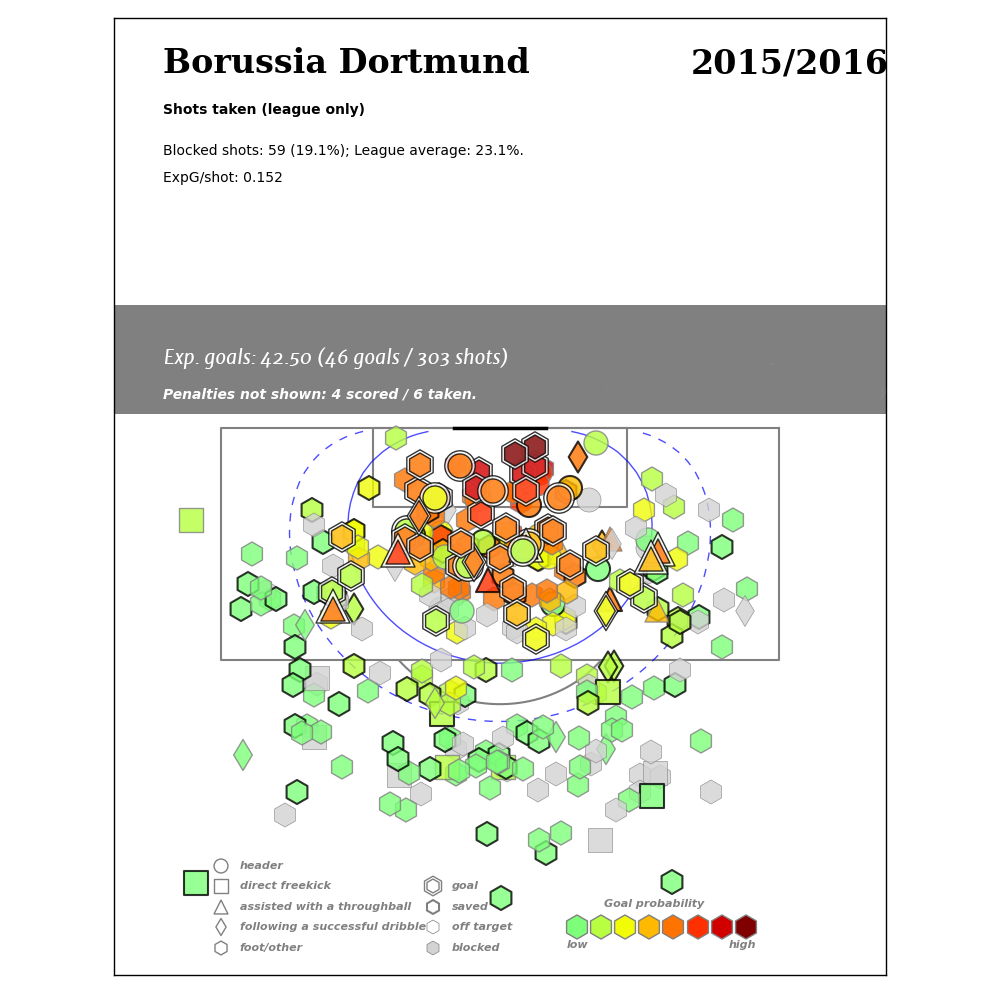
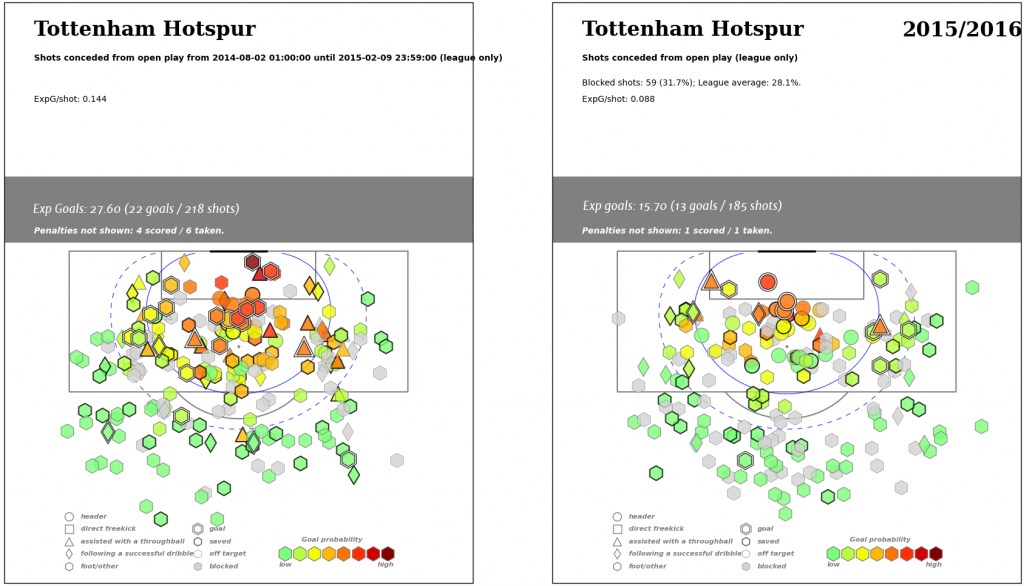
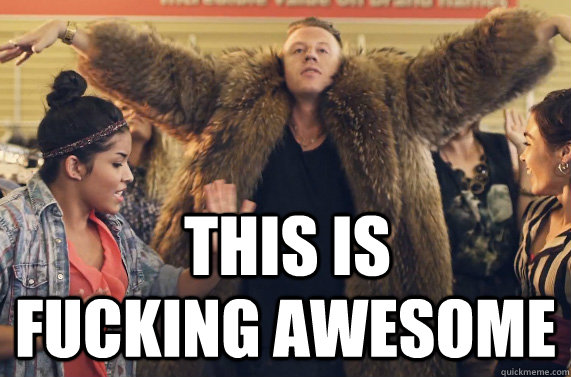
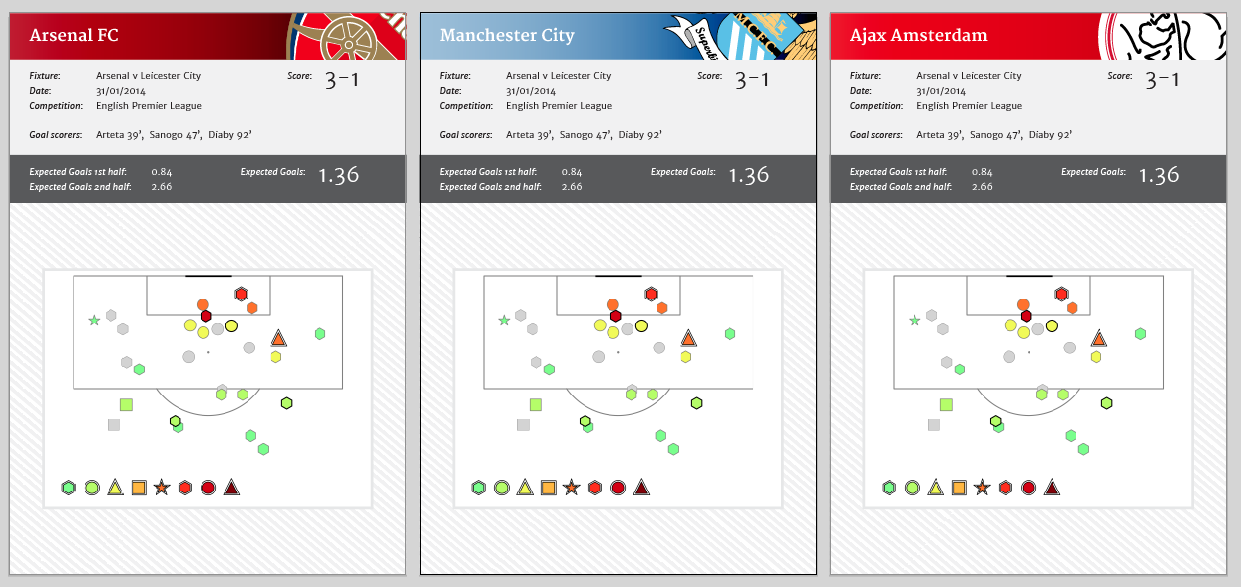
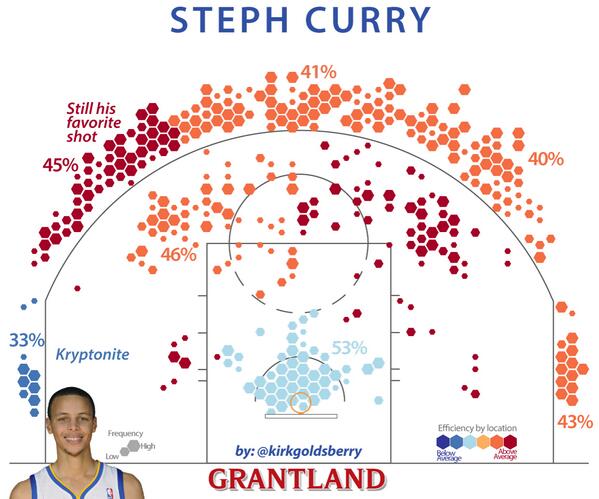
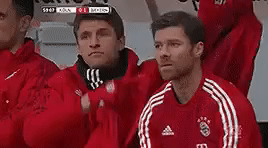
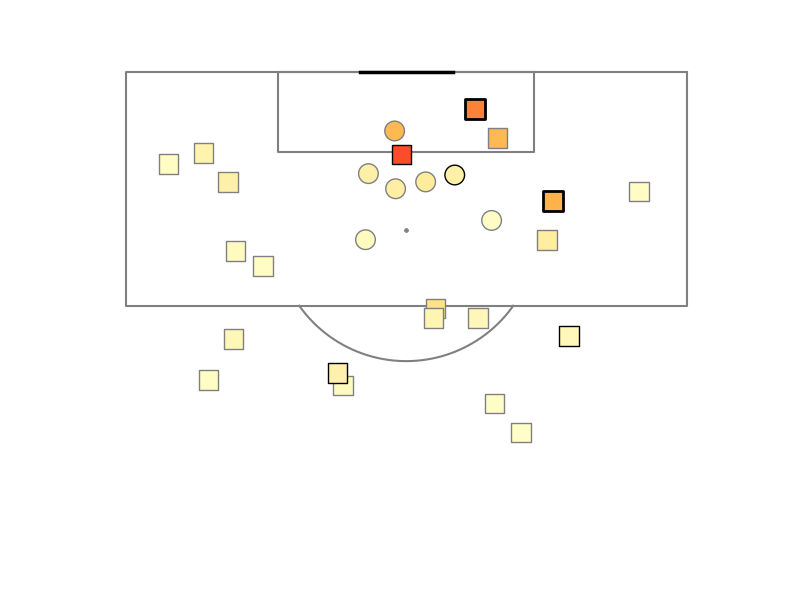
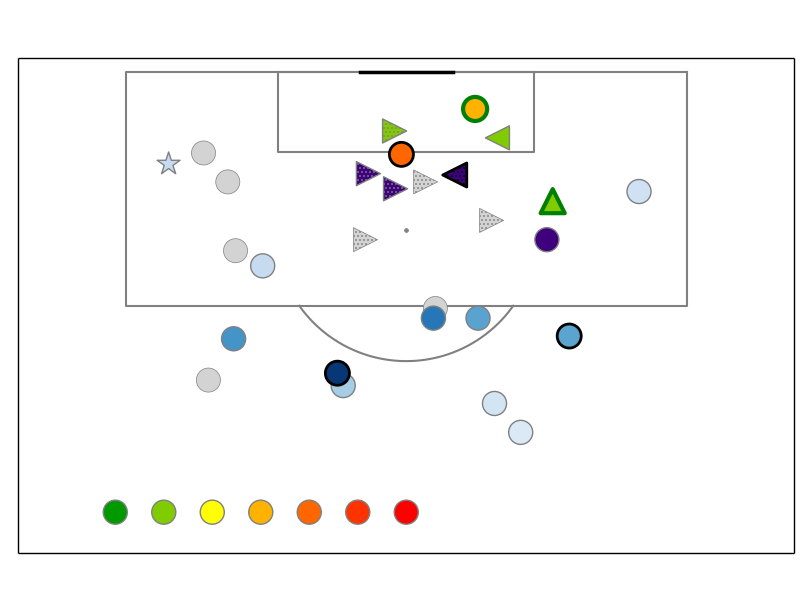
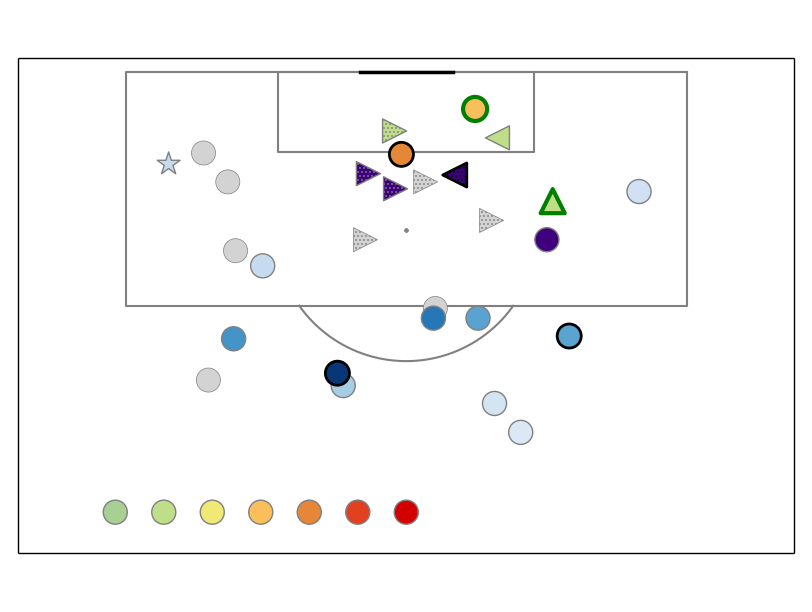
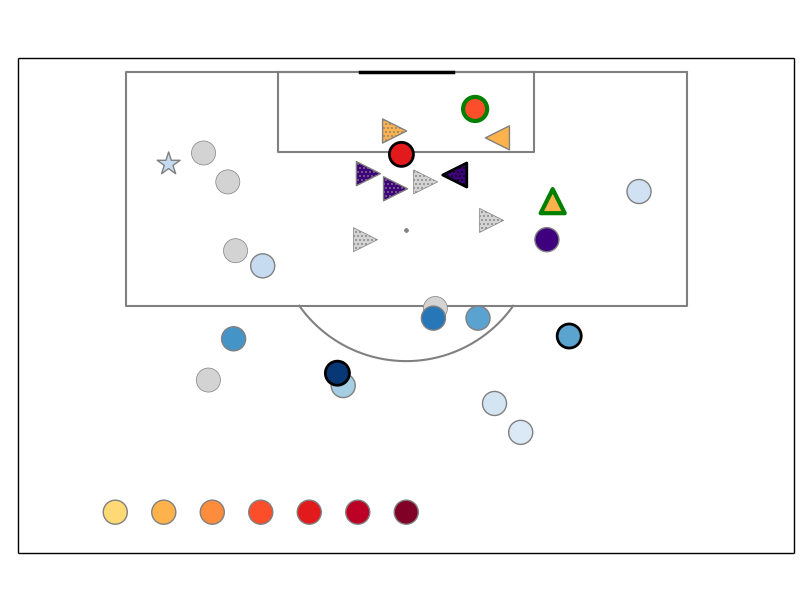

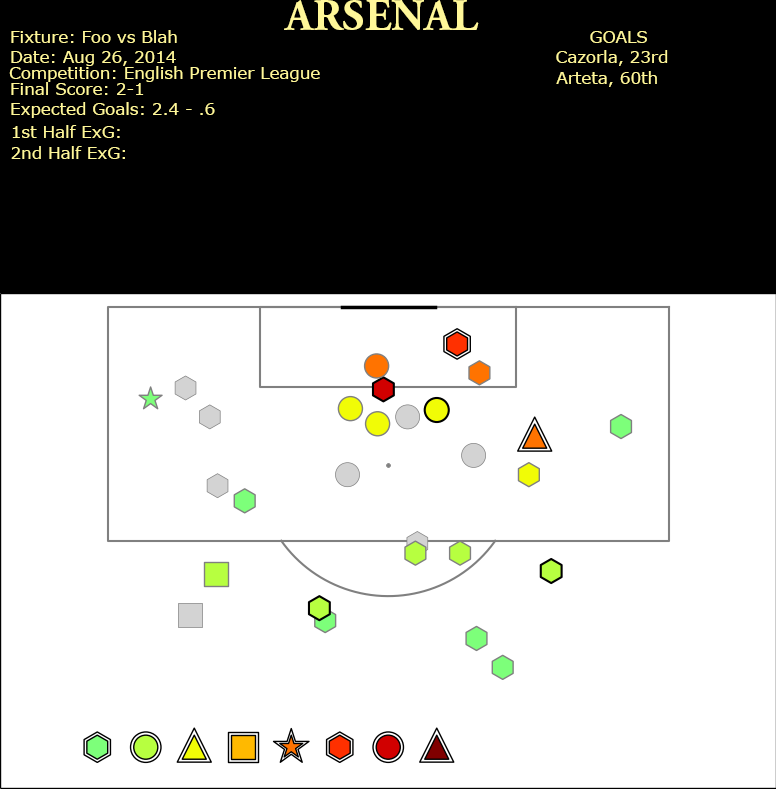
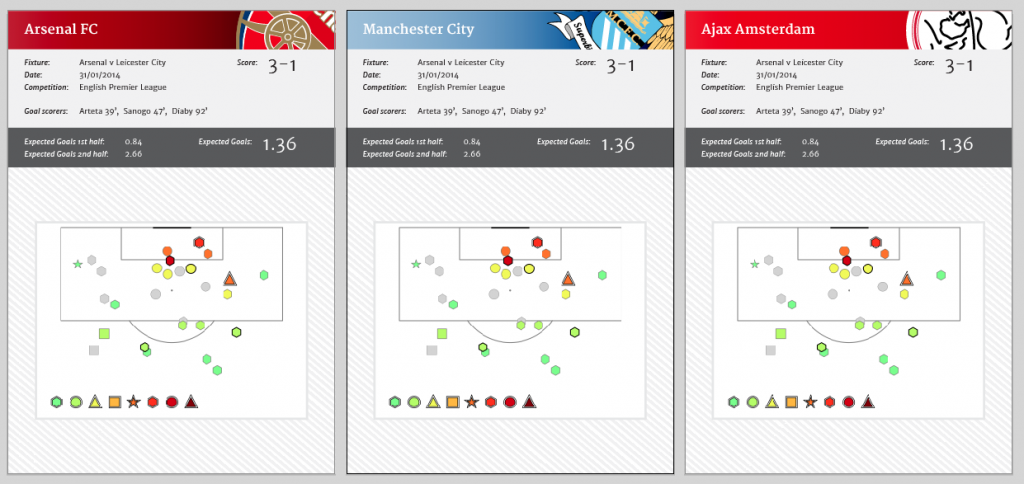
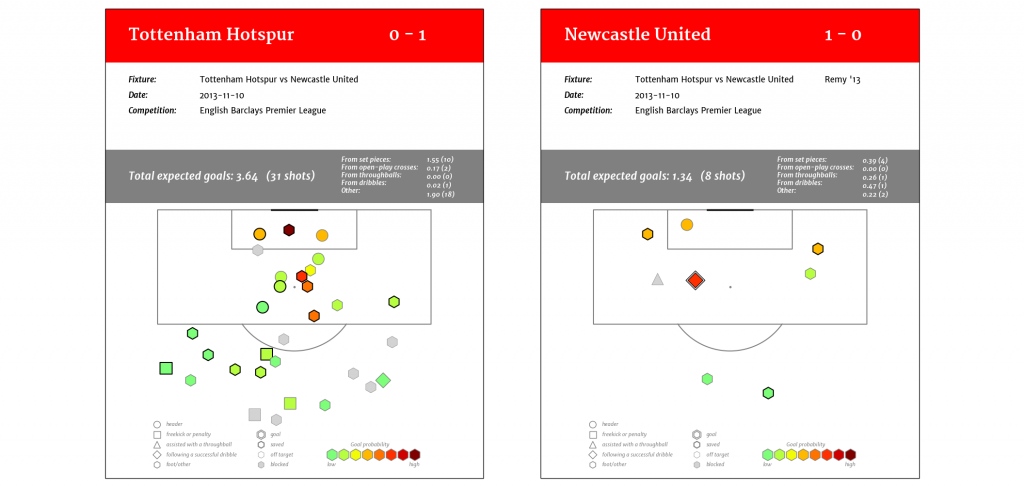
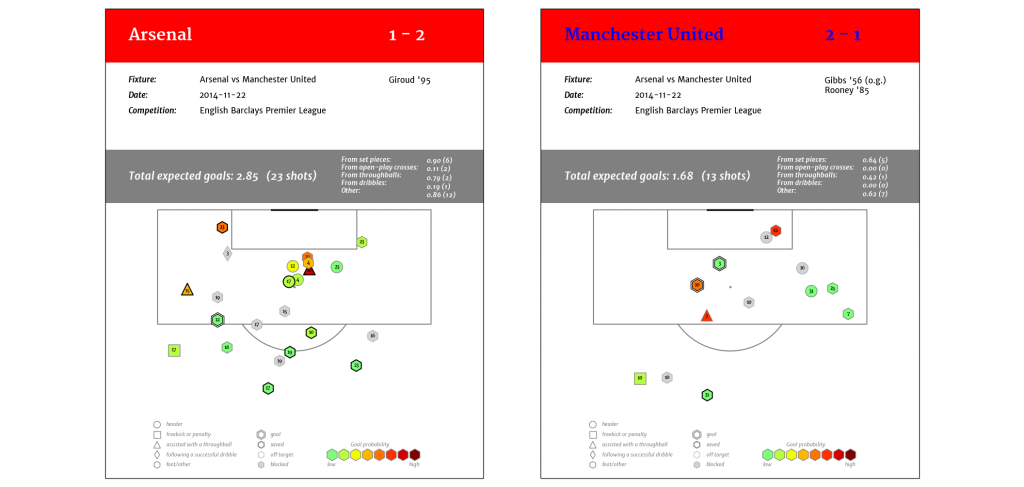
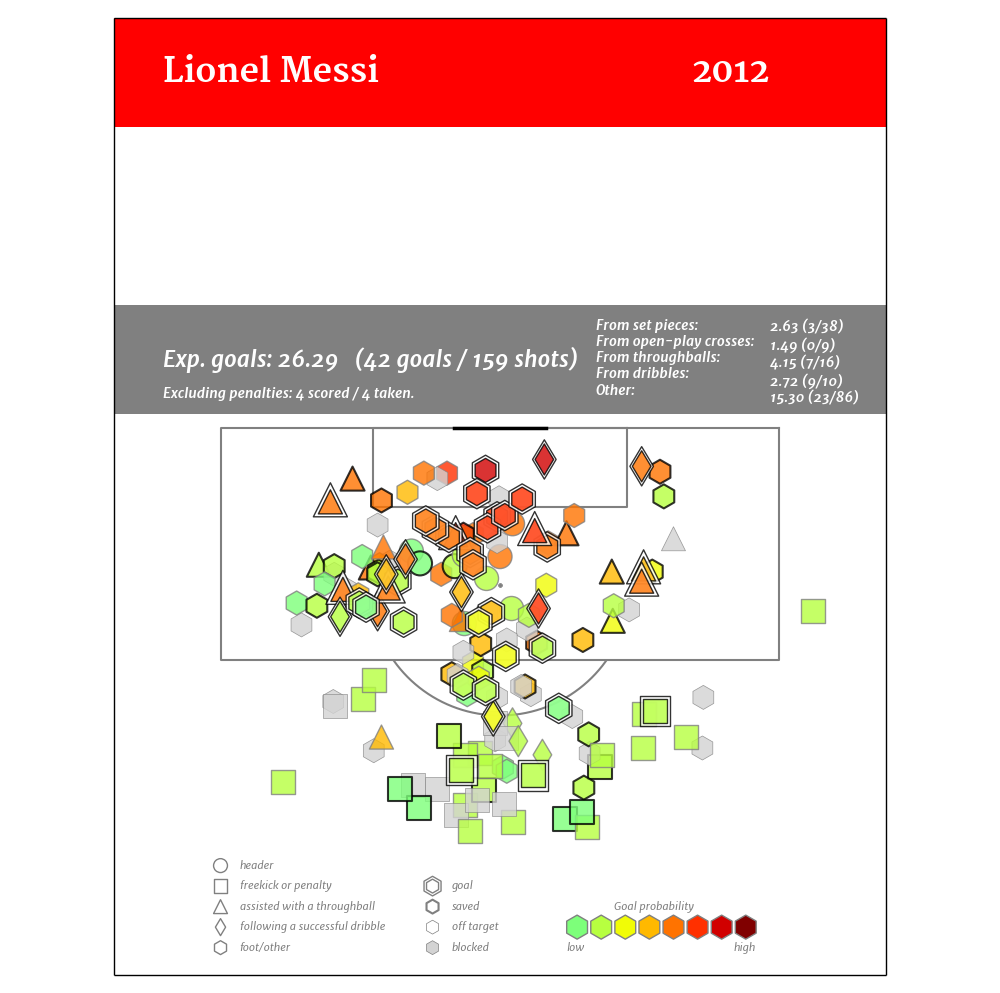
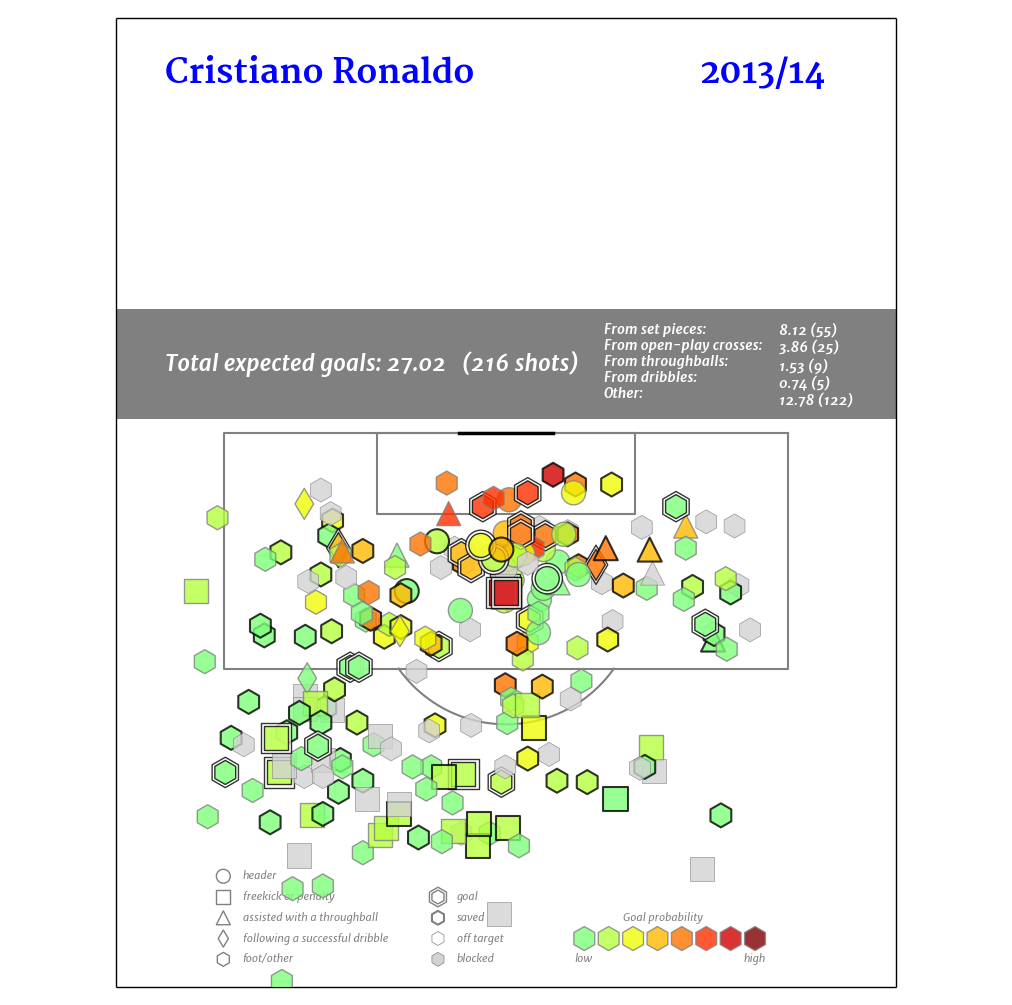
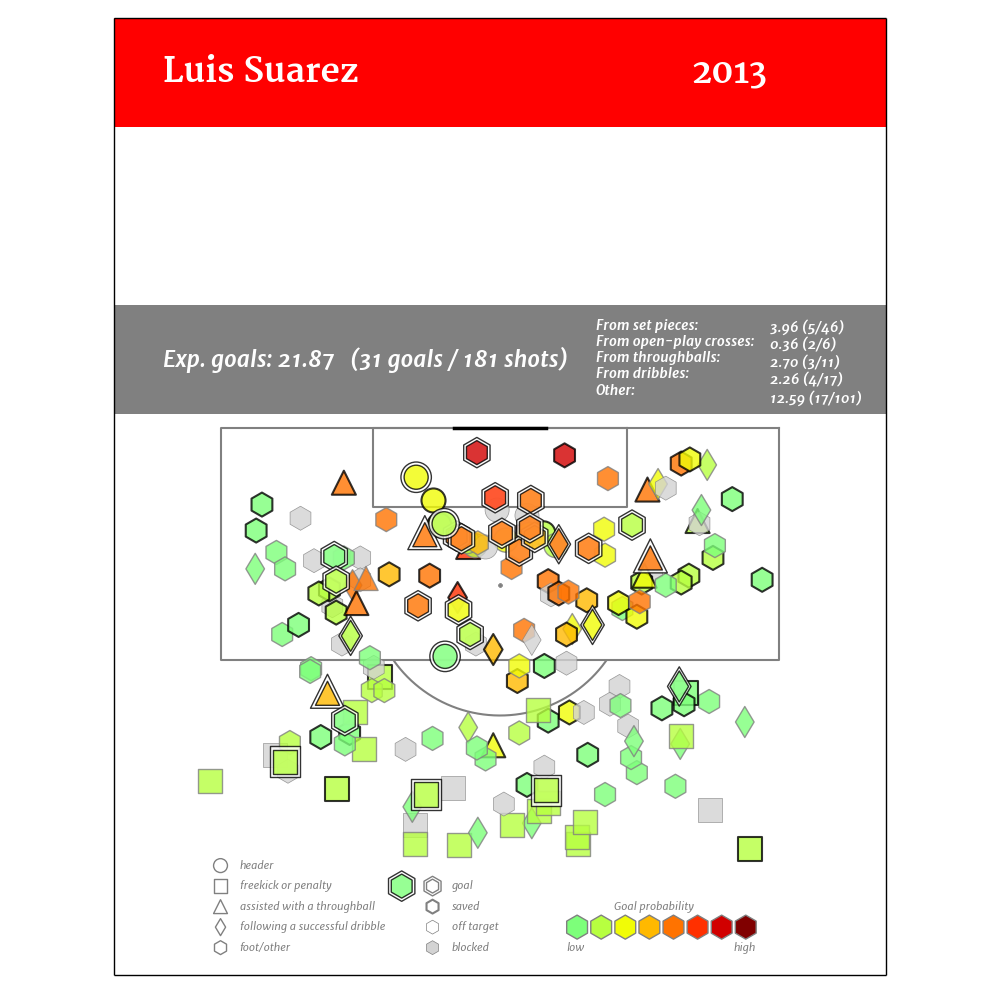
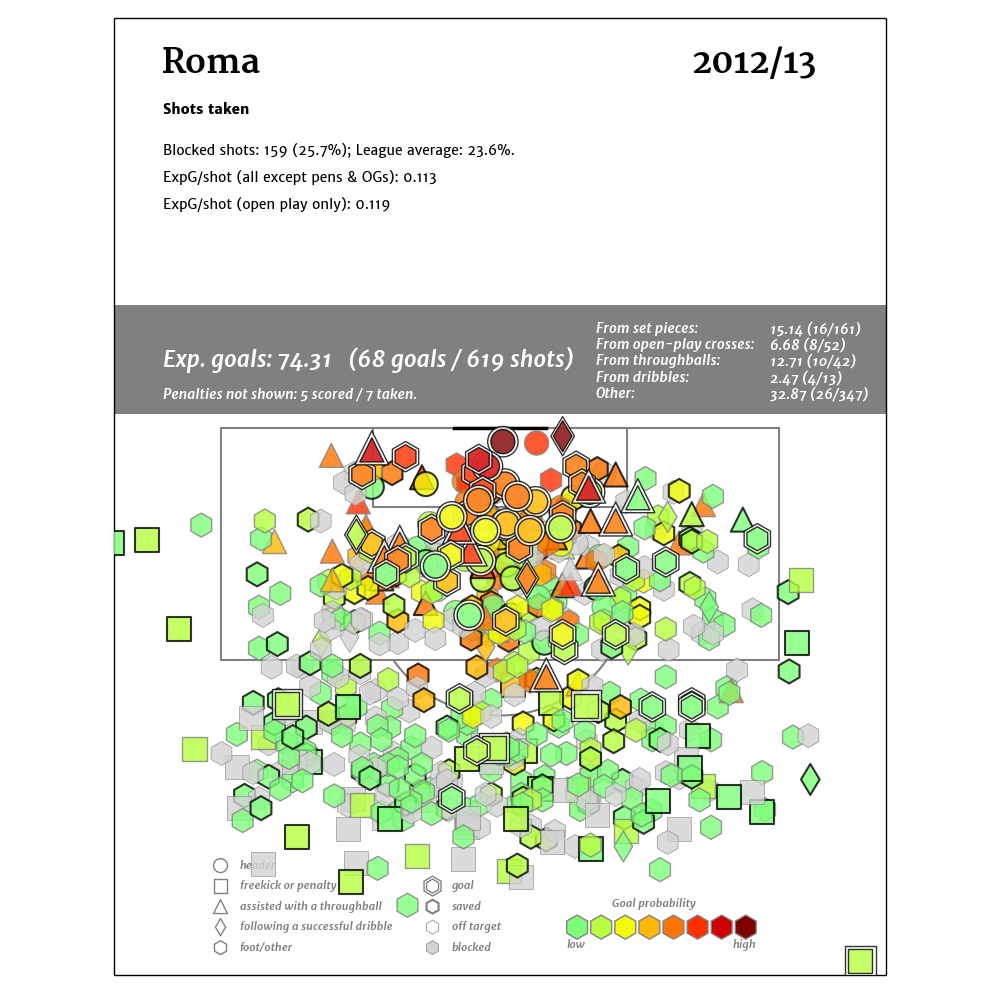
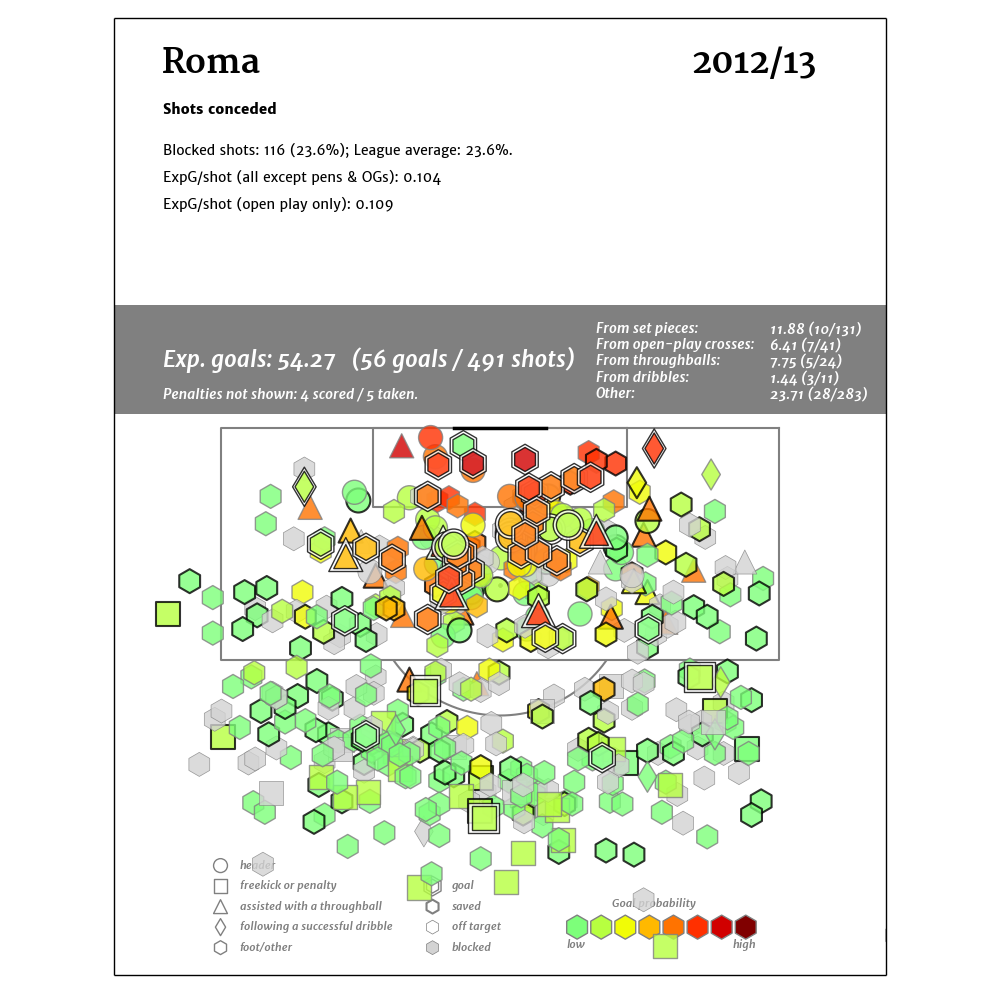
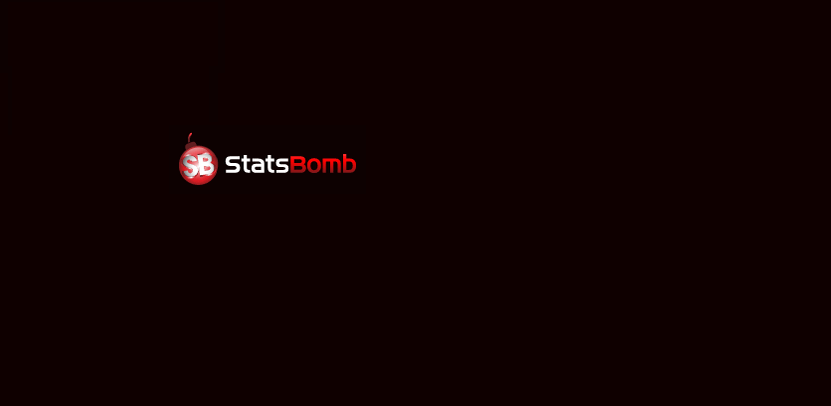
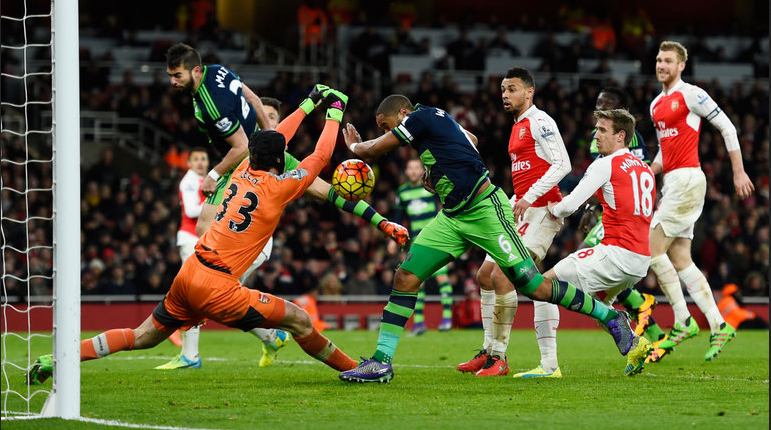
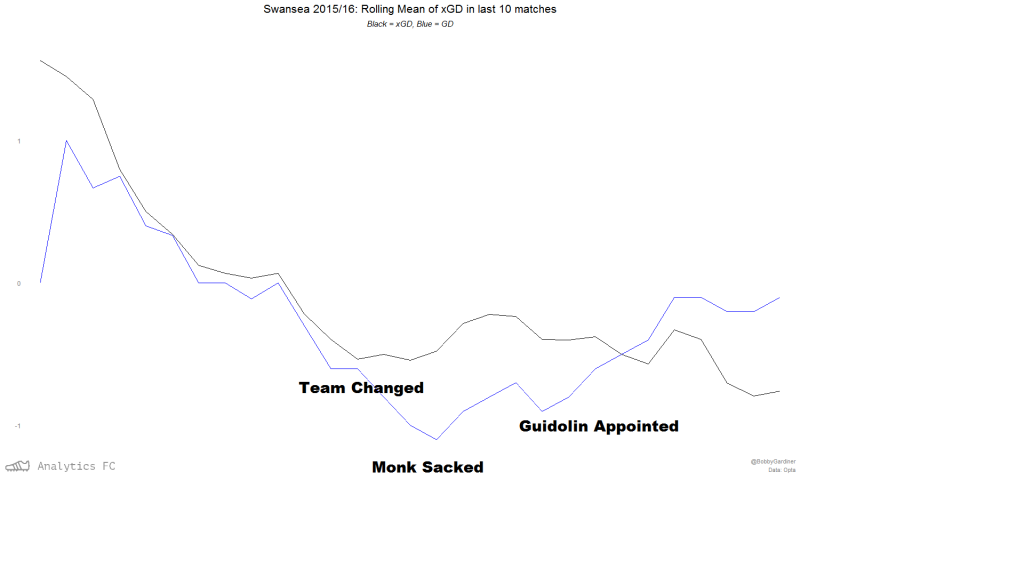 In November, Monk had attempted to halt the slump in form by changing his team selection, dropping Federico Fernandez, Gylfi Sigurdsson, and Bafetimbi Gomis for Kyle Bartley, Leon Britton and Eder against Bournemouth. At this point, it was obvious that the manager was concerned in his team, and that these line-up decisions were an attempt to change things. These changes didn't, in the end, have a marked effect on performances in terms of chance creation, but preceded a huge divergence in goal difference from expected goal difference, at the worst point of which Monk was sacked. It may be that Monk had affected team finishing to a point where he drove this under-performance, but it is unlikely - as we saw from Swansea last year, most of the time divergence from expected goals can be explained in terms of unrepeatable streaks in finishing or saving. It is in this period of under-performance, from Monk being sacked to just after Guidolin was appointed, that the narrative of Swansea's season took a drastic turn for the worse, from "they're too good to go down, they'll be fine" to "oh sh*t". Where Monk was
In November, Monk had attempted to halt the slump in form by changing his team selection, dropping Federico Fernandez, Gylfi Sigurdsson, and Bafetimbi Gomis for Kyle Bartley, Leon Britton and Eder against Bournemouth. At this point, it was obvious that the manager was concerned in his team, and that these line-up decisions were an attempt to change things. These changes didn't, in the end, have a marked effect on performances in terms of chance creation, but preceded a huge divergence in goal difference from expected goal difference, at the worst point of which Monk was sacked. It may be that Monk had affected team finishing to a point where he drove this under-performance, but it is unlikely - as we saw from Swansea last year, most of the time divergence from expected goals can be explained in terms of unrepeatable streaks in finishing or saving. It is in this period of under-performance, from Monk being sacked to just after Guidolin was appointed, that the narrative of Swansea's season took a drastic turn for the worse, from "they're too good to go down, they'll be fine" to "oh sh*t". Where Monk was 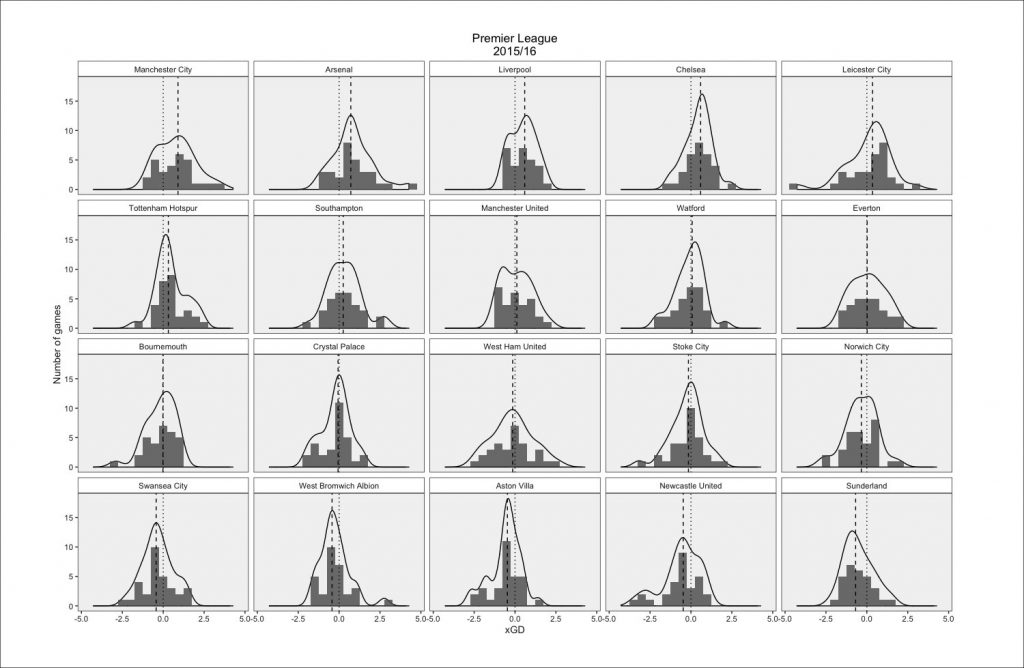 Overall, Swansea's aggregated expected goal difference is also the 5th worst in the league. Their defence is fairly average at 12th in the league, but their attack is diabolical - only Aston Villa are worse. This passes my eye test with flying colours. Watching Swansea attack at the moment is incredibly frustrating, but the defending looks better than last year and has done all season. Gylfi has scored a lot recently, overperforming his expected goals and covering up a lot of the offensive staleness. It's difficult to say what Swansea need to do in the future. It would be useful to get a manager who can genuinely innovate. Swansea still play idiosyncratically for a team of their size, with an average possession per match of 52.1%, the 7th highest in the league. Bournemouth play similarly, have a far lower budget, and a team of players I think it's pretty fair to say are objectively worse, yet have played better than Swansea this year - their expected goal difference is 11th best in the league. My own instinct would be that Swansea will do everything they can to get Brendan Rodgers back in the summer, an idea I can easily get on board with. Beyond that, as any midtable club, I would be thinking about spending big on managers. Relative to the cost of players, it is probably worth it; lest we forget that Rafa Benitez is at Newcastle on a wage reportedly just under
Overall, Swansea's aggregated expected goal difference is also the 5th worst in the league. Their defence is fairly average at 12th in the league, but their attack is diabolical - only Aston Villa are worse. This passes my eye test with flying colours. Watching Swansea attack at the moment is incredibly frustrating, but the defending looks better than last year and has done all season. Gylfi has scored a lot recently, overperforming his expected goals and covering up a lot of the offensive staleness. It's difficult to say what Swansea need to do in the future. It would be useful to get a manager who can genuinely innovate. Swansea still play idiosyncratically for a team of their size, with an average possession per match of 52.1%, the 7th highest in the league. Bournemouth play similarly, have a far lower budget, and a team of players I think it's pretty fair to say are objectively worse, yet have played better than Swansea this year - their expected goal difference is 11th best in the league. My own instinct would be that Swansea will do everything they can to get Brendan Rodgers back in the summer, an idea I can easily get on board with. Beyond that, as any midtable club, I would be thinking about spending big on managers. Relative to the cost of players, it is probably worth it; lest we forget that Rafa Benitez is at Newcastle on a wage reportedly just under 